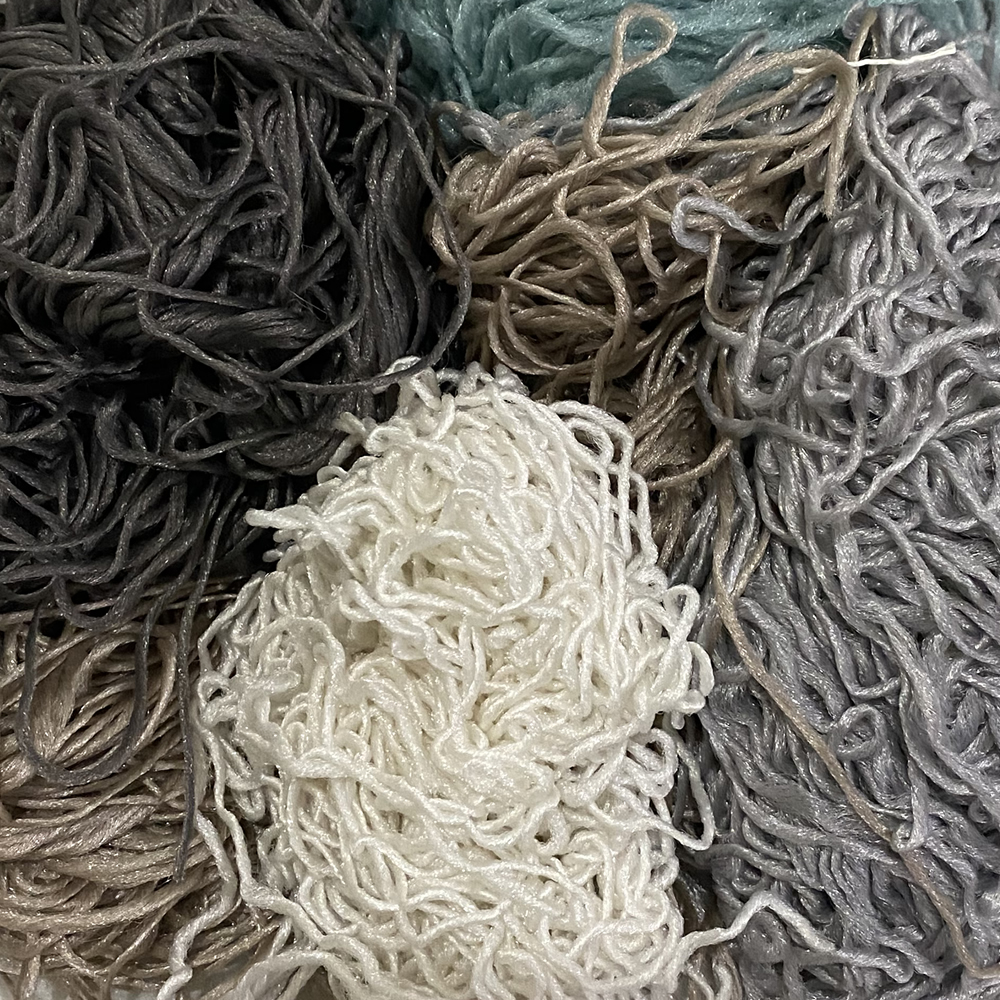Polypropylene fiber, commonly known as polip, is a synthetic textile raw material widely used in carpets, ropes, sacks, automotive textiles, and nonwoven products.
Polip waste consists of excess fibers and yarn offcuts generated during production processes.
These wastes are recycled and reused as secondary raw materials in various industrial applications.
⸻
Why Is It Important?
• High durability: Polip is lightweight yet strong.
• Water-resistant and quick-drying: Ideal for nonwoven and outdoor applications.
• Cost-effective: The recycled version offers a significant price advantage.
• Environmentally friendly: Recycling reduces the carbon footprint and supports sustainable production models.
⸻
Where Is Polypropylene Used?
1. Nonwoven Fabric Production
Used extensively in cleaning cloths, medical drapes, and surgical products.
2. Fiber Filling Material
Utilized as filling in pillows, quilts, and furniture cushions.
3. Packaging and Sack Manufacturing
In yarn or tape form, polip is widely used in agricultural and industrial packaging.
4. Carpet and Floor Coverings
Polip fibers are preferred in the production of low-cost carpets.
5. Automotive Textiles
Used in insulation materials for sound and thermal control in vehicle interiors.
⸻
Export Potential and Industrial Supply
Thanks to its lightweight and durable structure, polip waste is in high demand across Europe and the Middle East as a recycled synthetic raw material.
It is an ideal solution for manufacturers committed to sustainable production and looking for cost-efficient, eco-friendly alternatives.

